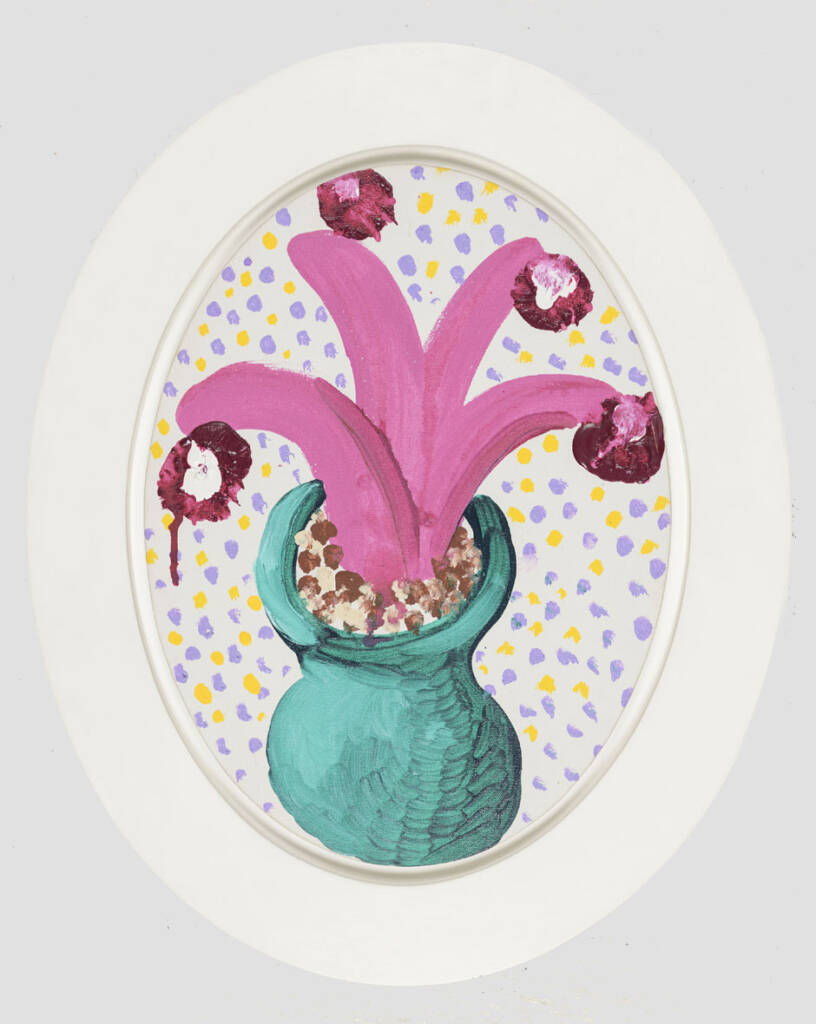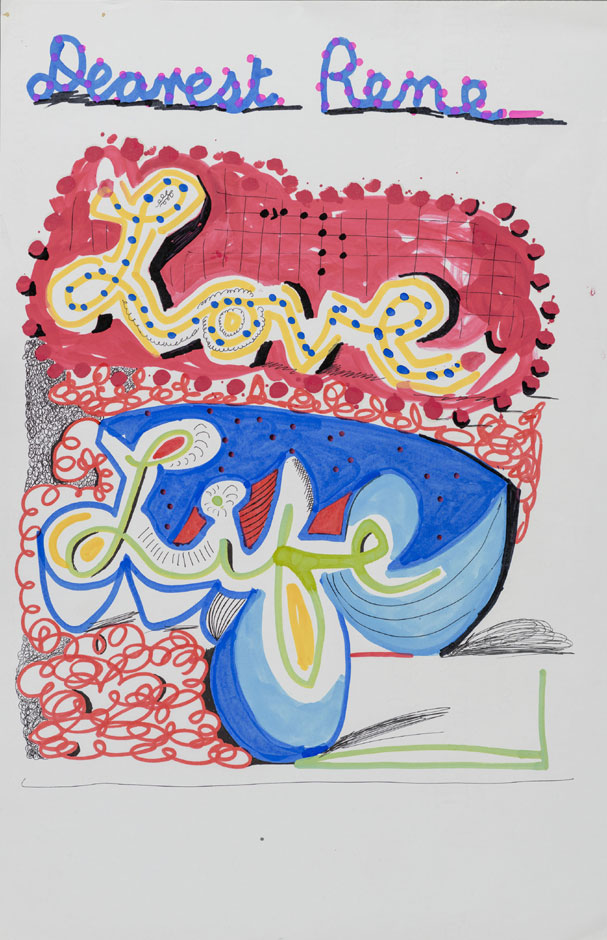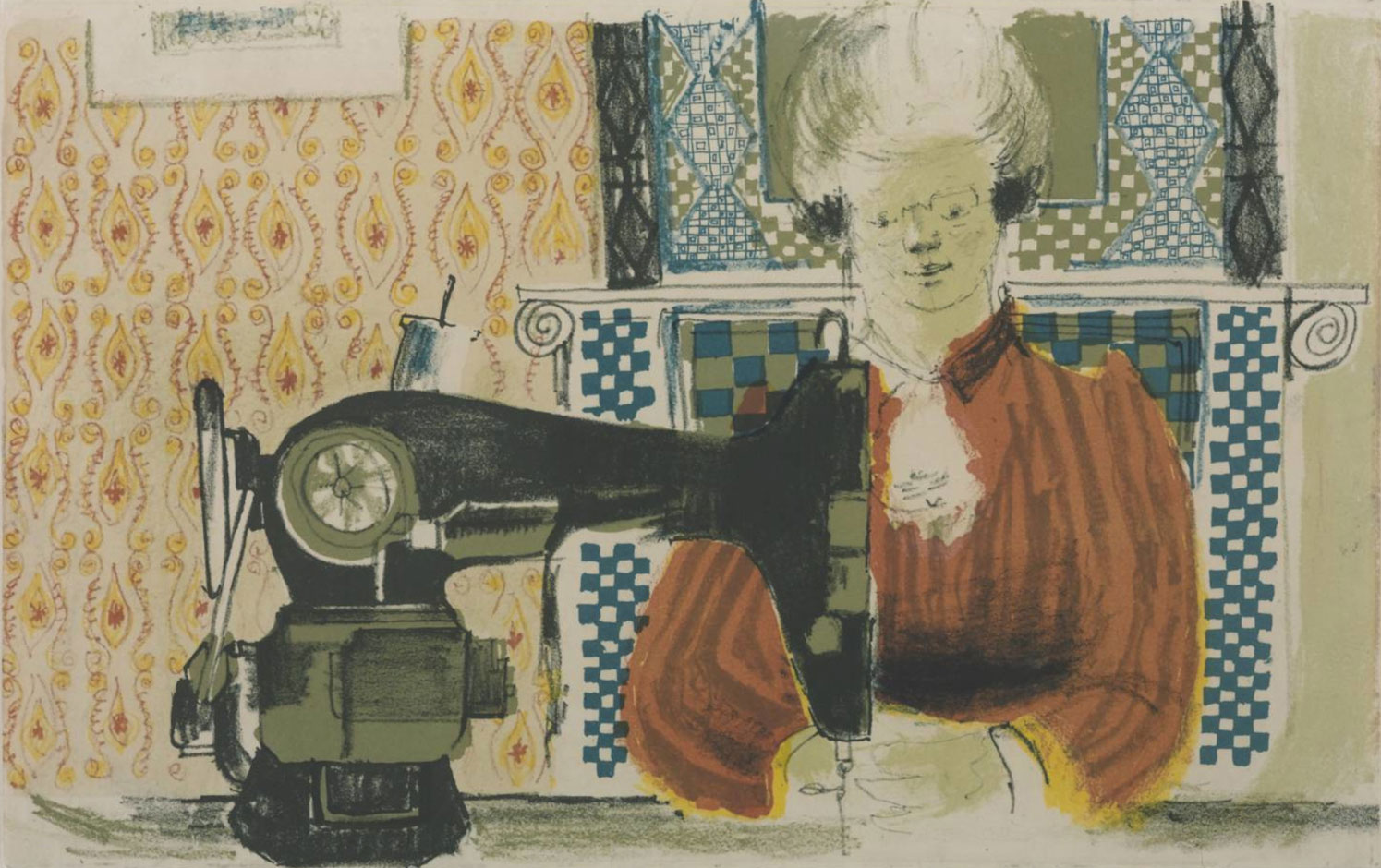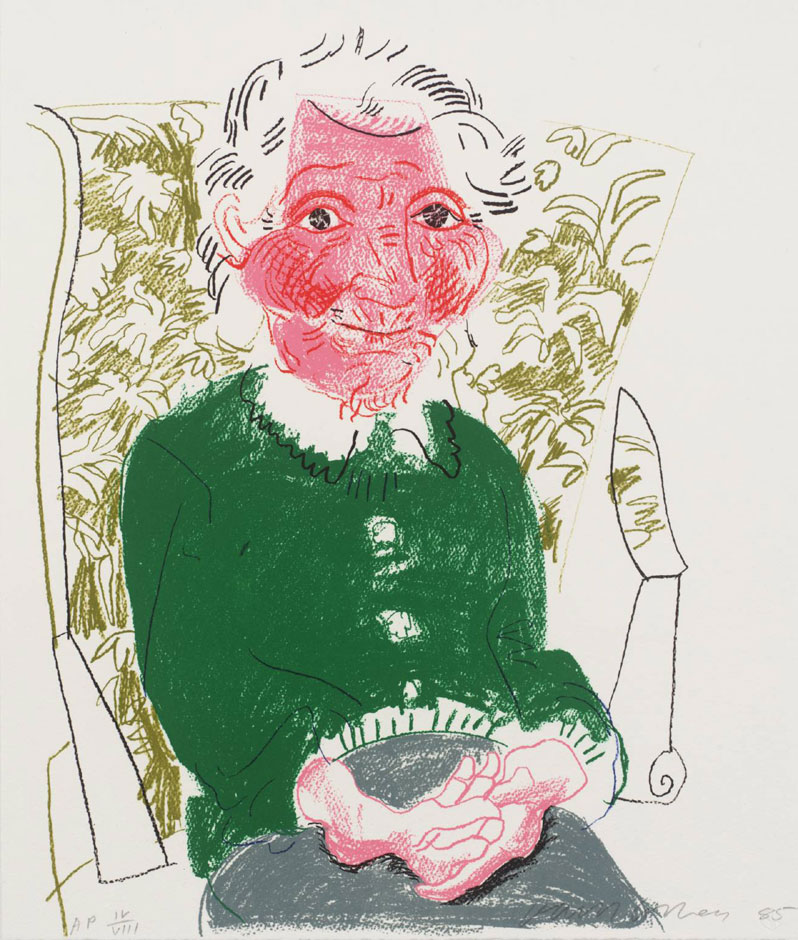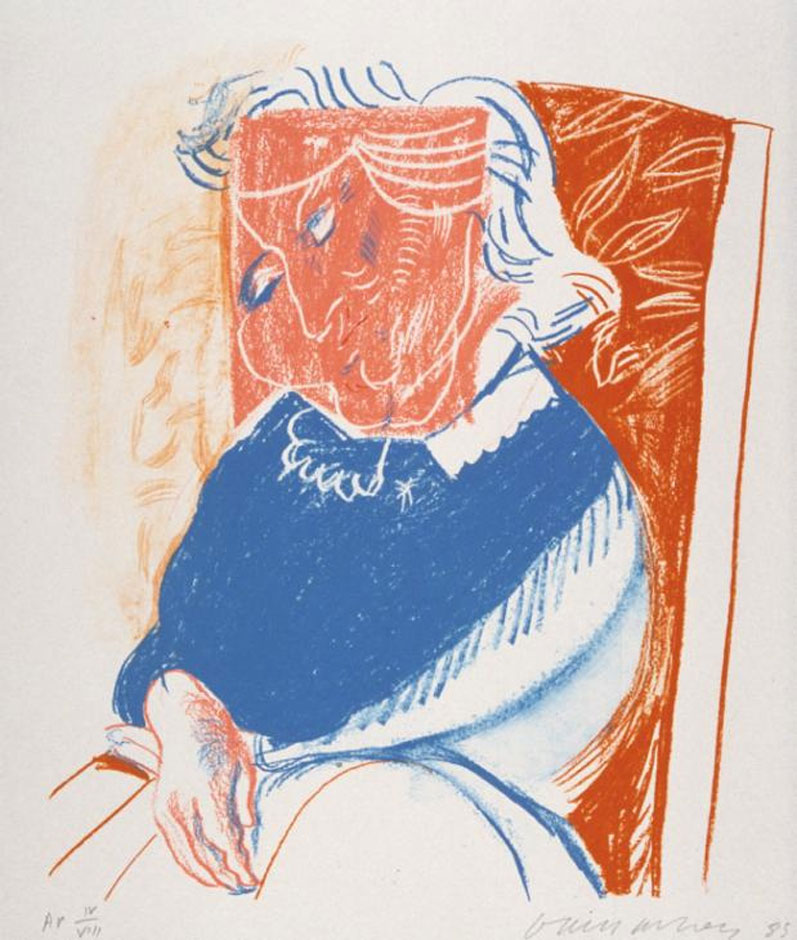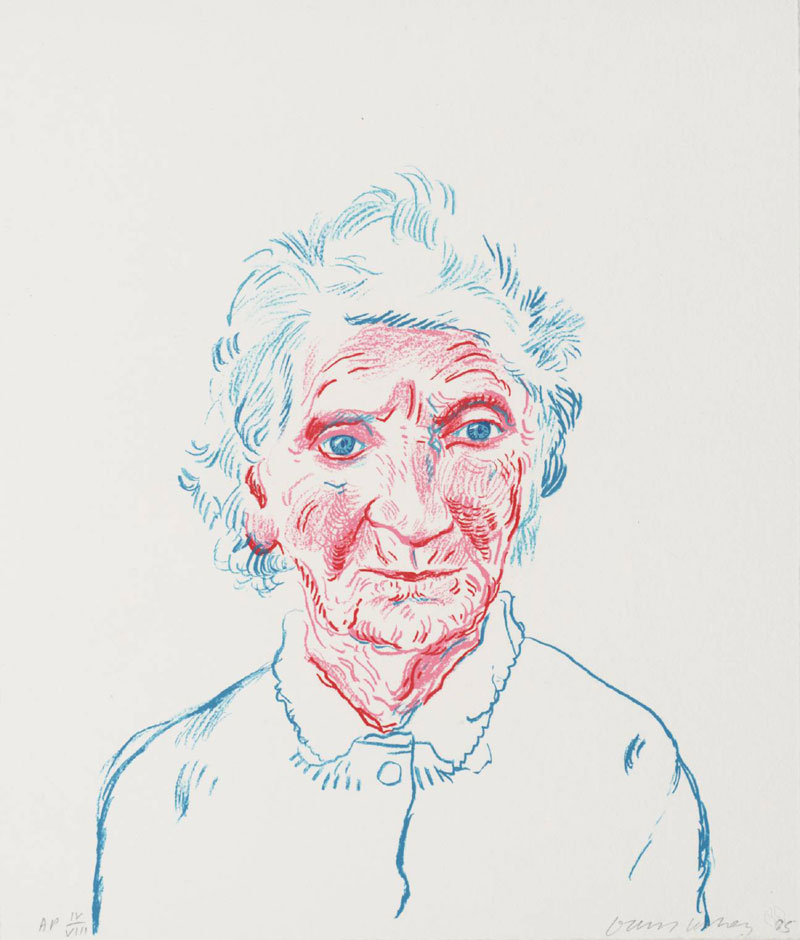Life
Painter by Birth
David Hockney set out on his pathway to art very early in his life. He never even considered a profession other than that of an artist.
His Parents
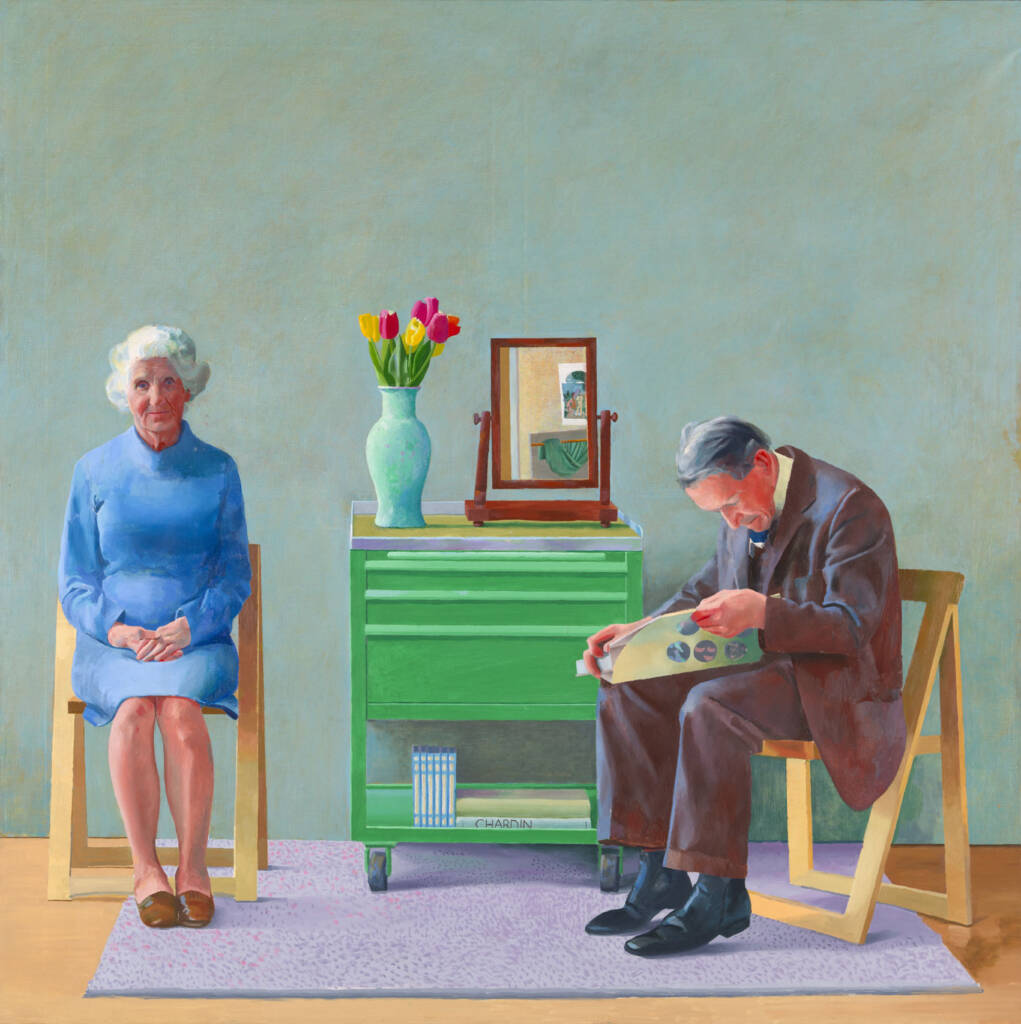
David was born to Laura and Kenneth Hockney in 1937, the fourth of five children. He and his siblings grew up in Bradford, where he attended art school from the age of 16. His father Kenneth was a tinkerer whose inventiveness was legendary. Laura Hockney, David’s mother, was a devout Methodist and strict vegetarian. She brought up her children lovingly, and in the course of doing so had to abandon some of her convictions. David Hockney was 45 years old before his mother grasped the fact that her son was homosexual. She apologised to him for her naivety in a touching letter.
Both parents encouraged their son to become an artist and to move from the art college in Bradford to the Royal Academy of Arts in London.
“I was interested in everything at first. It was thrilling after being at the Grammar School, to be at a school where I knew I would enjoy everything they asked me to do. I loved it all and I used to spend twelve hours a day in the art school.”
David Hockney
Woman with a Sewing Machine is one of Hockney’s earliest prints. His mother Laura was his model. Hockney’s numerous portraits of his mother testify to the very close relationship between mother and son.
Blessed with Creativity
For David Hockney, love is the origin of all creativity and art, which is why his loved ones and loving partners turn up repeatedly in his works. He depicted his own partner of many years, Peter Schlesinger, among others in a famous pool painting. Hockney worked through the separation from Schlesinger in Jack Hazan’s film A Bigger Splash (GB, 1974), in which he plays himself.
Gregory Evens, Hockney’s former assistant and partner, often modelled for the artist. Hockney painted more than 40 portraits of him in various styles. But Hockney’s love is not only directed at people. His dachshunds were his faithful companions and can be seen in some of his paintings.
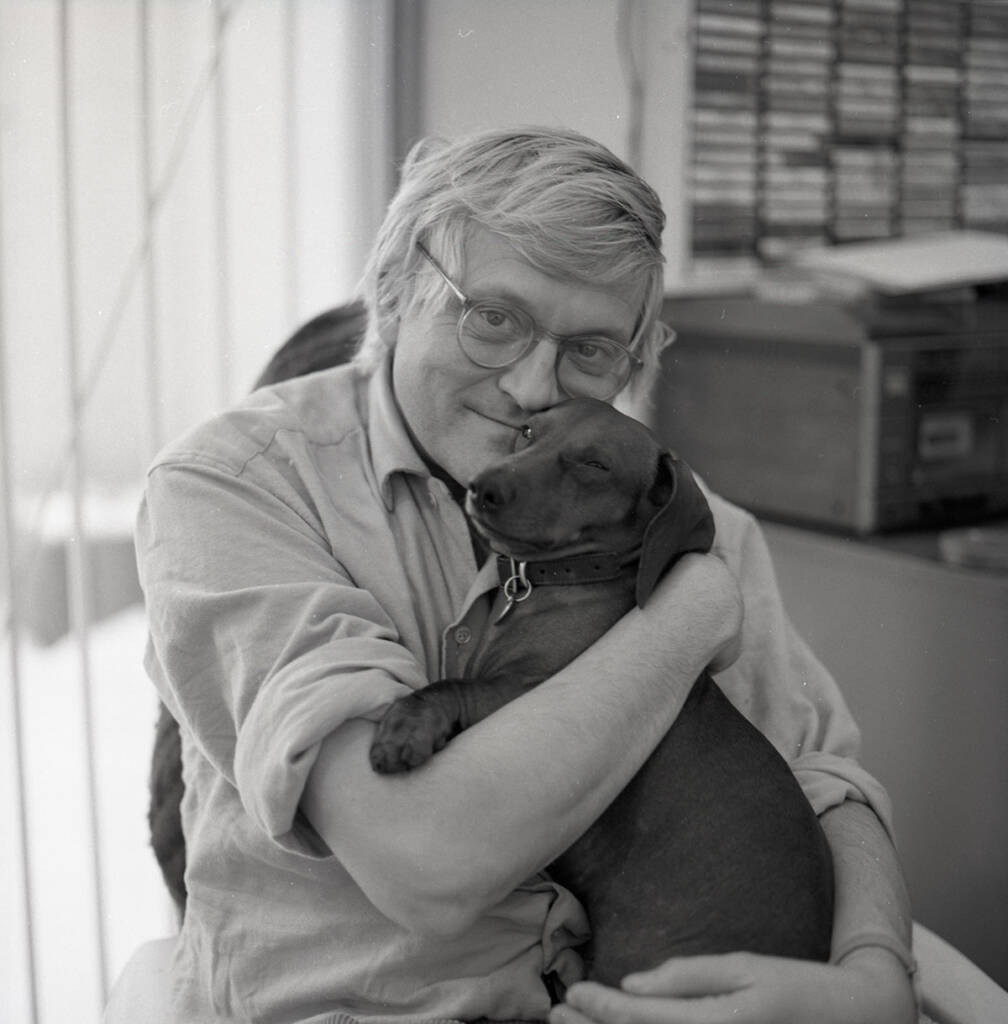
Celia – Hockney’s Muse
Over the decades Hockney has painted numerous people from his circle of friends repeatedly and in different styles. In addition to his mother, his favourite model has been the British fashion designer Celia Birtwell. They have been friends since the 1960s and are bound by a common sense of mischievousness. Along with humour, Birthwell, as a fashion designer, also tends towards eccentricity. It may very well be precisely this one of her traits that fascinates Hockney.
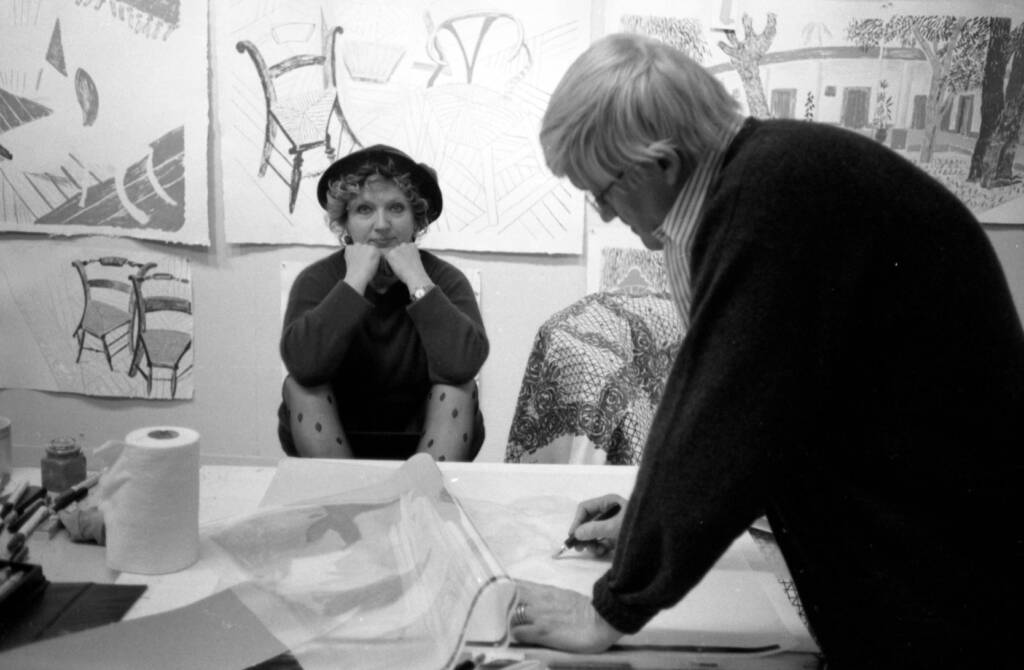
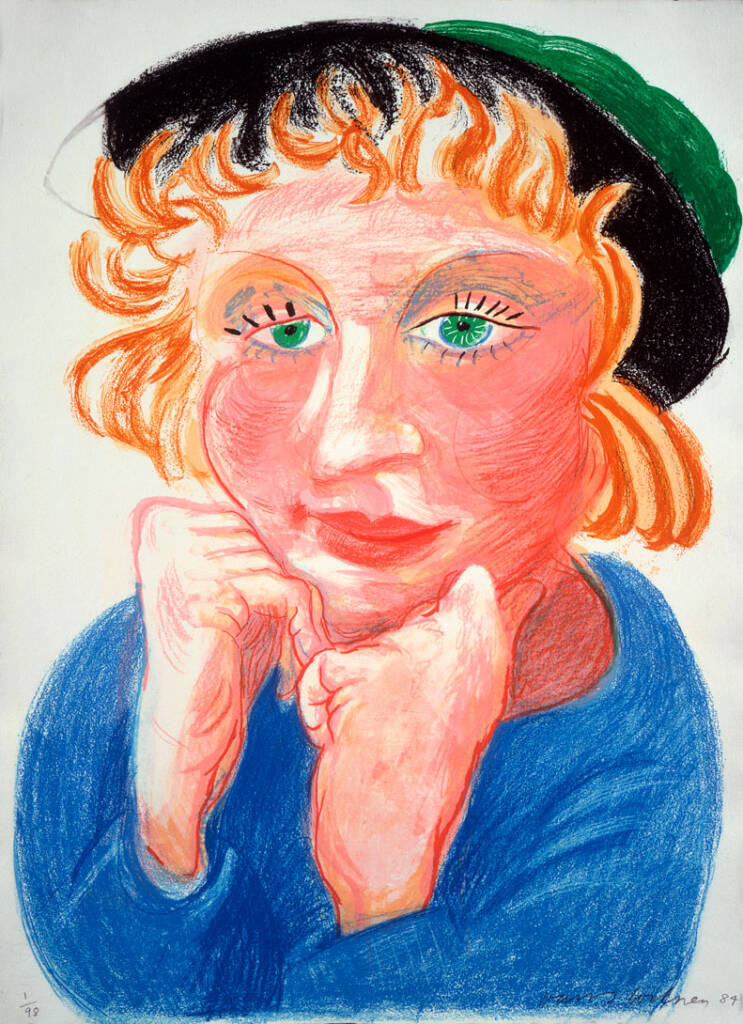
“The first time I spotted David was at Portobello Market. I was with a friend who knew him. He just stood out – he always has. He had on a corduroy jacket – and had the hair dyed blond. Ossie was better friends with him, and used to stay in his studio. I think he finds me a little bit ridiculous, but there is a fondness there. If I amuse him, then that’s a compliment. It definitely works both ways – he’s very funny.”
Celia Birtwell, 2020
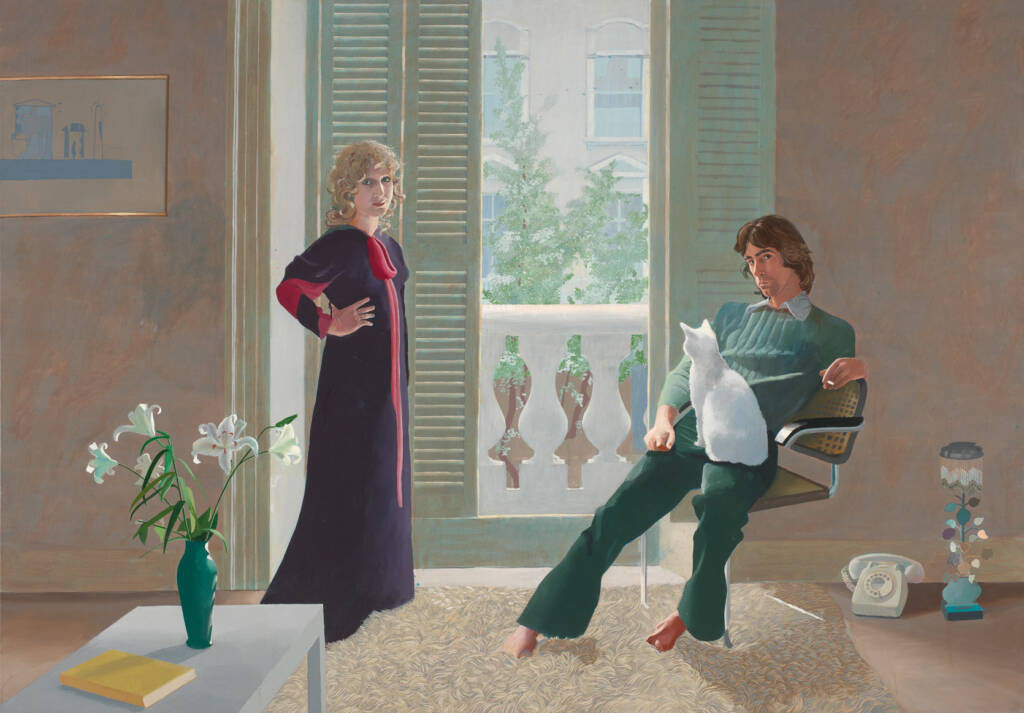
Hockney painted many portraits of Celia Birtwell: a red Celia, a cubist Celia and the double portrait Mr and Mrs Clark and Percy, showing her and her partner at the time Ossie Clark.
Love Life
David Hockney is an optimist. During the pandemic, when projects were being cancelled or postponed, when visiting and travel were impossible, he published a volume of interviews entitled Spring cannot be cancelled. His conviction that life is beautiful and the world is good has accompanied Hockney throughout his whole life. Even in the 1980s, when many of his homosexual friends were dying of AIDS, Hockney tried to focus on the nicer things in life. He sent his friend René a still life of flowers and the drawing LOVE LIFE on the occasion of the death of his partner Nathan. René himself was HIV positive and died a short time later, also of AIDS.
In no way does «Love Life» represent a naive stance. On the contrary, Hockney is convinced that in the face of personal loss or global crises, the greatest consolation is to be found in the beauty of things: a wave, a blossom, the changing of the seasons, or a sunrise.
